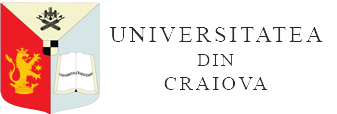COMBINED USE OF SOLID AND LIQUID FERTILIZERS TO IMPROVE YIELD AND QUALITY OF WHEAT CROPS IN URZICUTA,DOLJ COUNTY
DOI:
https://doi.org/10.52846/aamc.v52i1.1377Abstract
This research is important because there is a good time to apply each type of fertilizer and it is necessary to know it, as well as to interact these fertilizations of the wheat with the phytosanitary treatment. The fertilizer doses can vary from one crop to another, but even so the main purpose is to ensure correct fertilization, without recording losses of products in the soil and, finally, with maximum production effects. As for the fertilizer dosage, it varies depending on the type of soil and how much nitrogen it contains, why fertilizers were applied to the fertilization in autumn, the planned production and the financial needs of the farmer involved.
In Romania in recent years, agriculture has seen a continuous development and therefore the productions have increased, of course, except for the situations in which drought has changed this course of things. We can see if we look at the statistics as wheat production increased from 1,541 to /ha in 2007 to 4,8 to ha in 2018 and the trend is increasing if the pedo-climatic conditions help us. The fertilizers used play an important role in this equation. For example, in Urzicuța, Dolj County, several ways of fertilizing the wheat have been experimented on several ha in order to observe the correlation between the economic benefits obtained, the quality of the wheat obtained and the quantity. Fertilization with liquid nitrogen and solid nitrogen plus other elements proved to be the most efficient both in terms of the production obtained and the cost of production.


